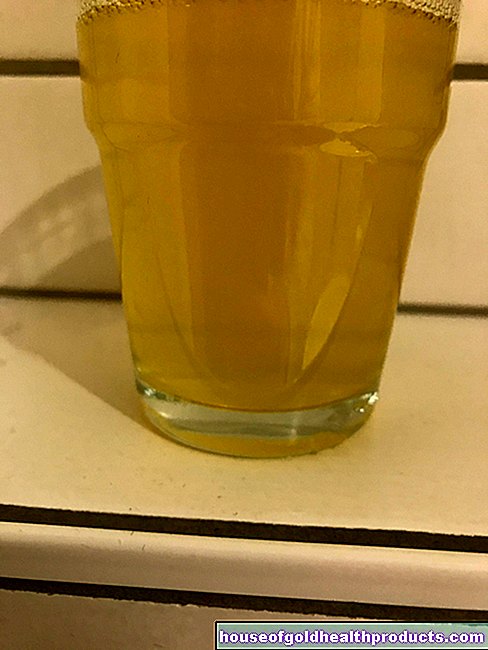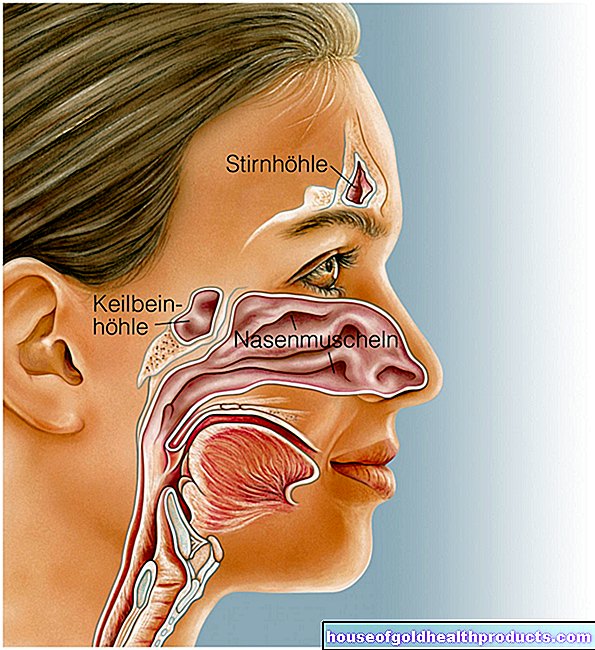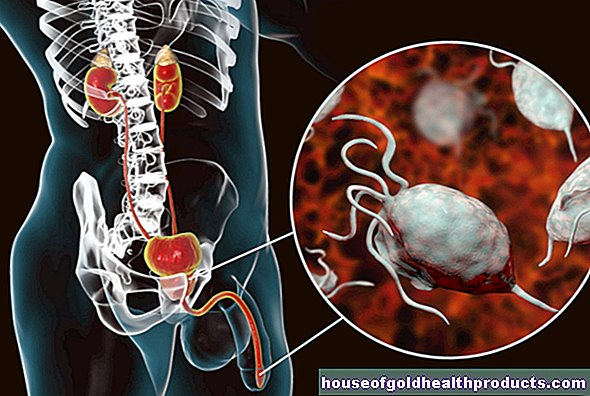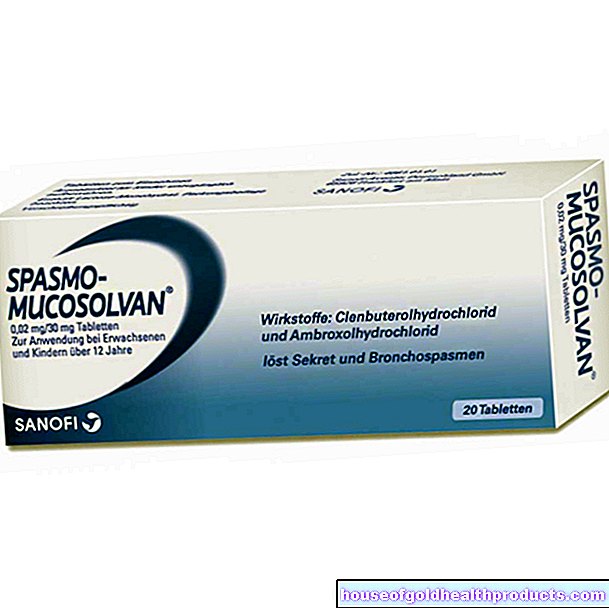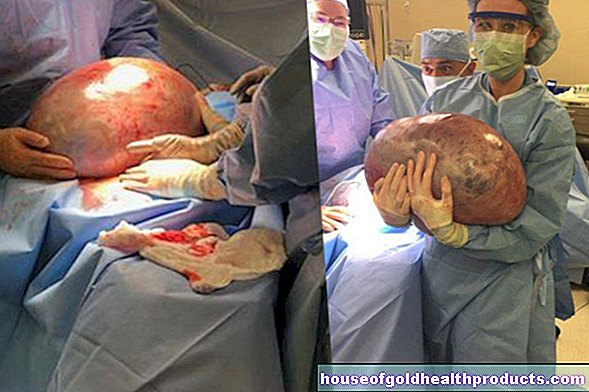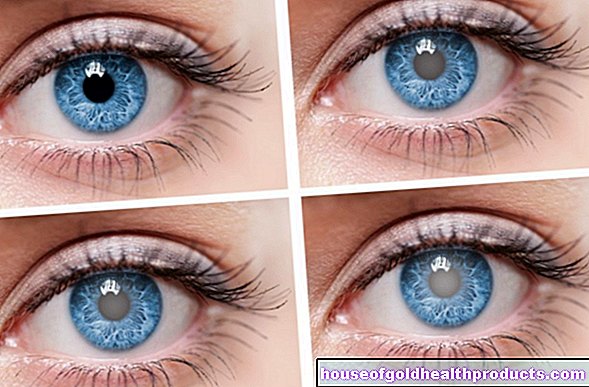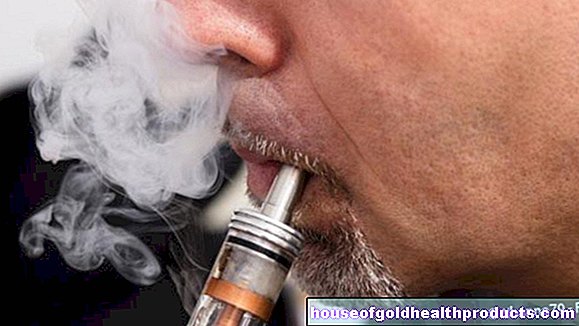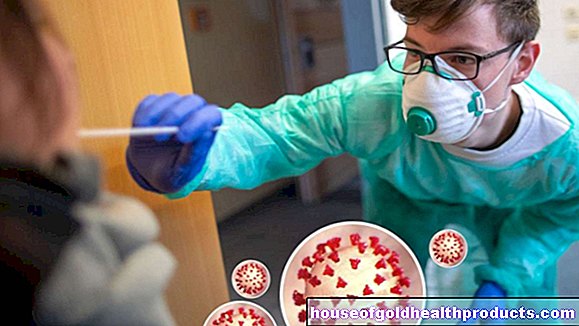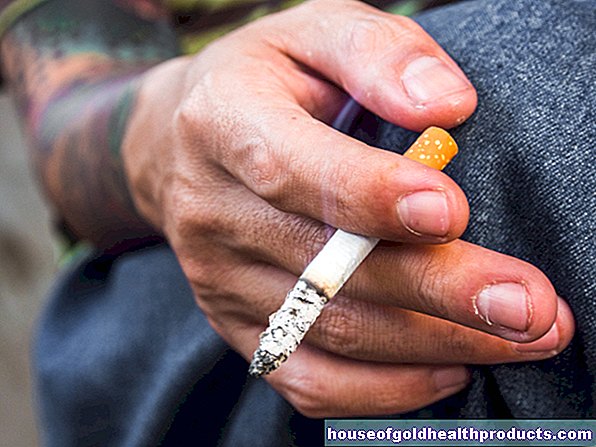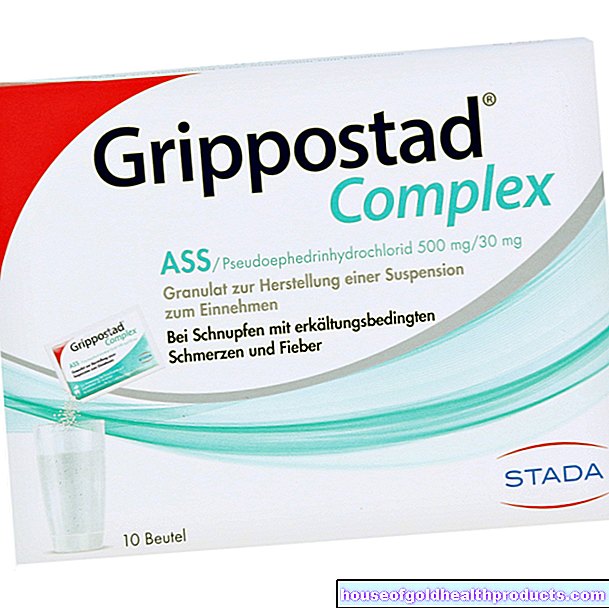Skin graft
Updated on All content is checked by medical journalists.In a skin transplant, tissue is transplanted to supply damaged skin areas. In order for the transplant to heal, the affected area must be supplied with blood and must not become infected. It is important to cover the wound quickly, as an exposed wound surface always offers an entry point for germs. Read everything you need to know about skin grafting, when it is necessary and what forms there are.

When is a skin graft necessary?
Larger wounds, such as those caused by cuts or bite wounds, can heal if a surgeon puts the wound edges together and sutures them. In the case of particularly large wounds, however, this is usually not possible. Then skin has to be transplanted to cover the "gap". Skin grafts are often necessary even if the skin is damaged by chemical burns or burns, or if there are chronic ulcers.
What skin grafts are there?
Depending on the origin of the graft, a distinction is made between the following types of skin grafting:
- Autologous transplantation: The transplant comes from the patient himself - skin is cut out of a healthy part of the body and then transplanted to the wound site.
- Alloplastic Transplant: The skin graft is made of plastic material.
- Xenogenic transplantation: The transplant comes from an animal (for example pig skin).
Xenogenic and alloplastic grafts are used to temporarily cover the wound. Only the autologous skin graft is suitable for the final treatment. A distinction is made between the so-called split skin and full skin.
Skin grafting with split skin
Split skin is a graft about 0.2 to 0.5 millimeters thick that consists only of the top layers of skin. The surgeon uses an electric skin cutter (dermatome) to remove the split skin from a non-injured region of the patient's body (donor region), for example the buttocks, thighs or abdomen. The wound that occurs in the donor region does not have to be sutured and heals largely without scars.
A special form of split skin is the mesh graft transplant: the doctor uses a special device to cut the split skin like a net, thereby enlarging it to an area up to six times its size. This creates only a small wound at the removal site; With the removed graft, however, a large skin defect (for example an extensive burn) can be treated. However, the disadvantage here is that the grid-like structure of the mesh graft is still visible after healing.
Full skin skin grafting
A full-thickness skin transplant consists of all skin layers with the exception of the subcutaneous fatty tissue, which is only used occasionally. It also contains sweat and sebum glands, as well as hair roots. The surgeon cuts the full skin with a scalpel from the patient's donor region and then sutures the resulting wound.
The skin grafting with full skin is mainly used for wounds in particularly stressed areas of the body, for example in the area of joints. On the other hand, it is often used for aesthetic reasons, because full skin retains its color and thus the transplantation is less noticeable. This is advantageous for wounds on the face, for example.
Other skin grafting techniques
If there is sufficient healthy skin next to a wound that is to be covered, a flap - a tissue shift - can be performed. Here, a flap of skin is cut out and twisted and placed on the wound. With this technique, the blood supply to the tissue flap is preserved. This technique is used particularly on fingers and toes (Z-plasty, VY-flaps).
If larger areas have to be covered, your own skin can also be grown and transplanted in the laboratory.
What do I have to consider after a skin transplant?
After the skin transplant, you should first of all protect the affected body region and not move it. For the first time, a bill or a plaster cast is usually put on to promote optimal growth of the transplant with the tissue.
The graft usually heals within ten days and returns to normal skin color after about fourteen days. After the skin has grown safely, you should start with exercise training, possibly physiotherapy or occupational therapy.
After a skin transplant, regularly care for the scar with fatty, unscented ointments and protect it from the sun: The sun exposure can turn the scar tissue dark and leave a cosmetically unappealing result.
Tags: alternative medicine medicinal herbal home remedies first aid





